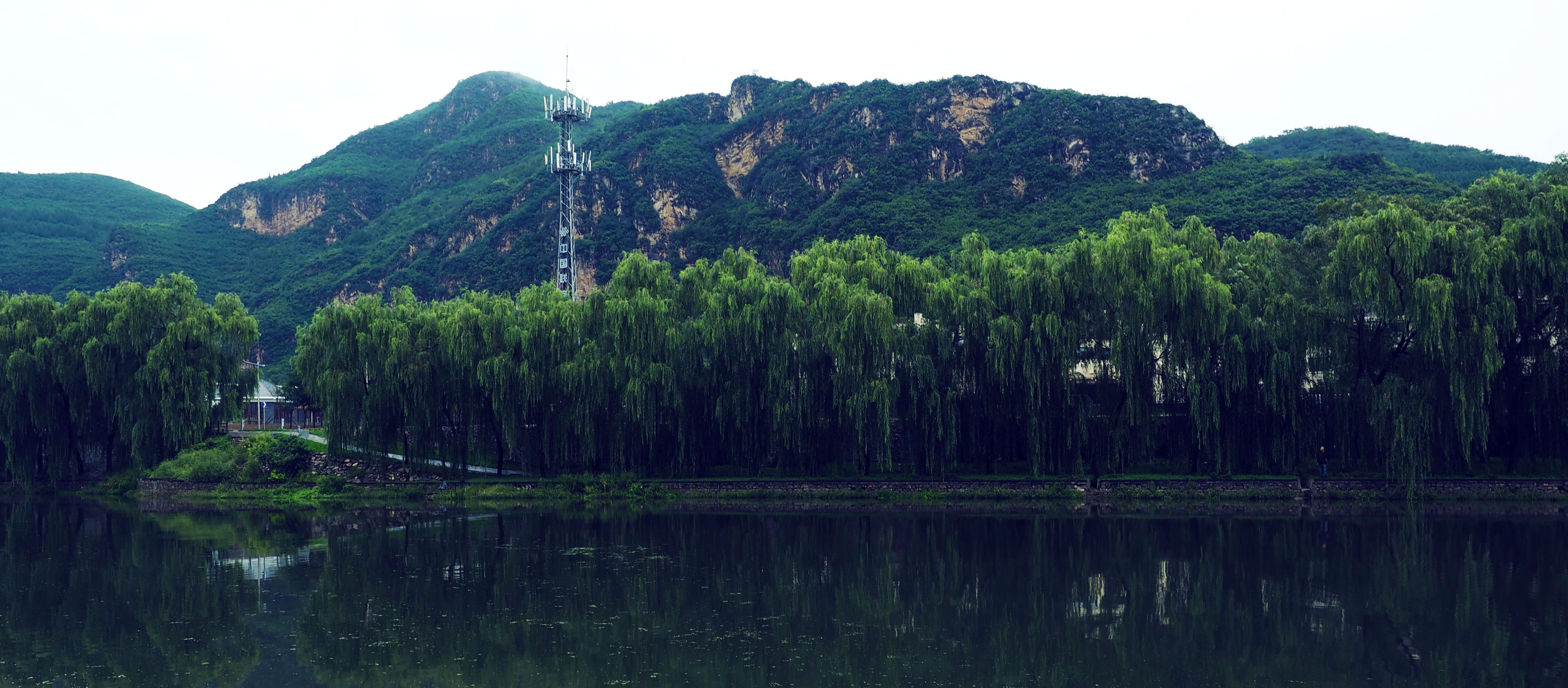An extraordinary moment has arrived in the evolution of the internet. For all the transformation that has occurred over the 20+ years since the arrival of the World Wide Web and for the billions of people whose economic, civic and social circumstances have been improved, most people remain without internet connections.
Residing in every country, these unconnected billions still wait for affordable meaningful access to this essential service. Without access to the internet, people cannot even begin to participate in the global digital economy.
In the context of the UN’s 2030 Sustainable Development Goals (SDG’s), the World Bank/IMF, in partnership with the US State Department, recently launched the Global Connect Initiative(GCI) with the goal of bringing the next 1.5 billion people online by 2020.
A consensus approach has emerged that connecting public access facilities represents the most economical, expedient and equitable way to provide a basic level of service to the greatest number of users. Public libraries, offering low-fee/no-fee access “entry points” combined with necessary training and support services, have proven to optimize chances for successful adoption.
According to the GCI, “Programs to deploy Wi-Fi hotspots in community centers, libraries, schools, and clinics; and to leverage emerging technologies for reaching remote communities, will greatly expand broadband communications access.” Libraries or other community centers can be connected at a fraction of the cost to reaching every home or office. These neighborhood nodes may also serve as “intermediate end points”, potentially as interconnect hubs in wider buildout schemes.
Even with economies of scale gained by connecting community access hubs, a critical barrier to adoption remains a lack of adequate telecom infrastructure. Cell-tower based systems have rapidly brought a convenient yet limited form of connectivity to billions. For billions more the cost of access services and devices remains prohibitively expensive.
Clever new enabling techniques for sharing spectrum across a wide range of licensed as well as license-exempt frequencies have greatly expanded capabilities to conenct. Additionally, new open spectrum is arriving in the form of a low cost wireless infrastructure utilizing unused spectrum in the old analog TV broadcast bands called TV WhiteSpace(TVWS).
Rapid deployment of TVWS together with traditional WiFi and other license free or “lightly licensed” spectrum technologies to libraries, schools and other centers appears to offer the most promising path to providing connections to 100’s of millions of new users within the next few short years. TVWS systems require no monthly fees, 3rd parties, carriers, towers nor other permissions once national use standards are in place.
TVWS, as a nearly “weightless” infrastructure, can quickly extend the edges and fill gaps of any network. Low power transceivers, as nodes in semi-autonomous wide area IP networks, lend themselves to pairing with small solar or wind generators to supply enough electricity in remote or otherwise isolated locations to run the equipment and also serve as charging stations for end user devices.
Successful implementation will depend on worldwide advocacy and country by country adoption of enabling regulations for open shared use of this powerful TV band spectrum. A contrary argument often appears, “Why should we give away something for free that we could sell for billions?”, begging the question, “Who is this ‘we’?” TVWS, like all radio spectrum, originates as perhaps the most in-common public property, the public airwaves.
Rather than the public sell all of this precious asset, only to have to buy some back to enable public services, it makes more sense to retain a portion of these valuable frequencies for shared public use. It would be as if a community sold off all of its open land only to use the proceeds to lease back space for public parks. In perpetuity.
—————
Note from Jane Coffin: This blog post is part of a series of posts about the importance of community networks, anchor institutions – like libraries, and the importance of the unconnected connecting themselves. A cadre of experts around the world are seeking ways to provide information, case-studies, training, and more to tip the balance in favor of the unconnected who would like to be connected.
